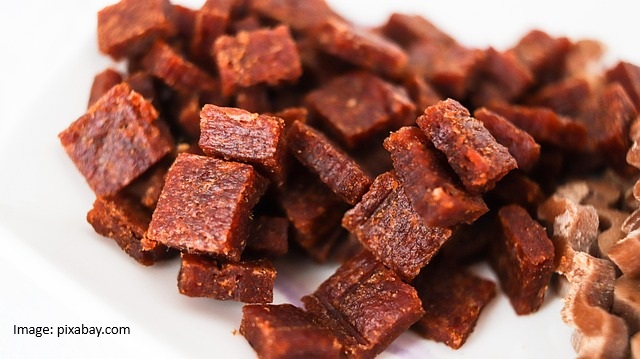Cookie Preferences
We use cookies to improve your experience and for the following purposes:

Choosing the right food for your pet is one of the most important things you can do to ensure their health, happiness, and longevity. Whether you’re a proud dog owner, a devoted cat parent, or both, selecting the appropriate pet food tailored to your pet’s age and breed can make a significant difference. But with so many options on the market, how do you know what’s best?
Let’s break it down so you can mak e informed choices and keep your furry friend thriving at every life stage.
Your pet's nutritional needs change drastically as they grow. A puppy or kitten needs a high-calorie, protein-rich diet to support rapid development, while a senior pet might require fewer calories and joint-supporting ingredients like glucosamine and omega-3 fatty acids.
Key points:
Not all breeds are created equal when it comes to dietary needs. A large breed dog like a Golden Retriever has different requirements than a small breed like a Chihuahua. Similarly, Persian cats may benefit from food that supports skin and coat health, while Siamese cats may need high-protein diets for their active nature.
Breed-specific concerns include:
Look for the AAFCO (Association of American Feed Control Officials) statement on the label. This confirms the food is nutritionally complete and balanced for a specific life stage.
Choose foods labeled for:
Your vet knows your pet’s health history and can provide personalized nutrition advice. This is especially important for pets with health conditions, weight issues, or digestive sensitivities.
There are specialized diets for:
Choosing a targeted formula can greatly enhance your pet’s quality of life.
Pets can be picky. You might need to experiment with wet food, dry kibble, or a combination diet to find what they enjoy and tolerate best. Some breeds also have unique mouth shapes that benefit from specially-shaped kibble for ease of eating.
Tips for Transitioning Pet Food
When changing your pet’s food, do it gradually over 7–10 days:
Choosing the right pet food by age and breed isn't just about checking a box—it’s about providing targeted care that supports your pet's health throughout their life. By understanding their evolving needs and being proactive, you can give them the best shot at a long, vibrant life.
Remember: what’s right for a growing Labrador puppy isn’t the same as what’s best for a senior Shih Tzu or a highly active Bengal cat.